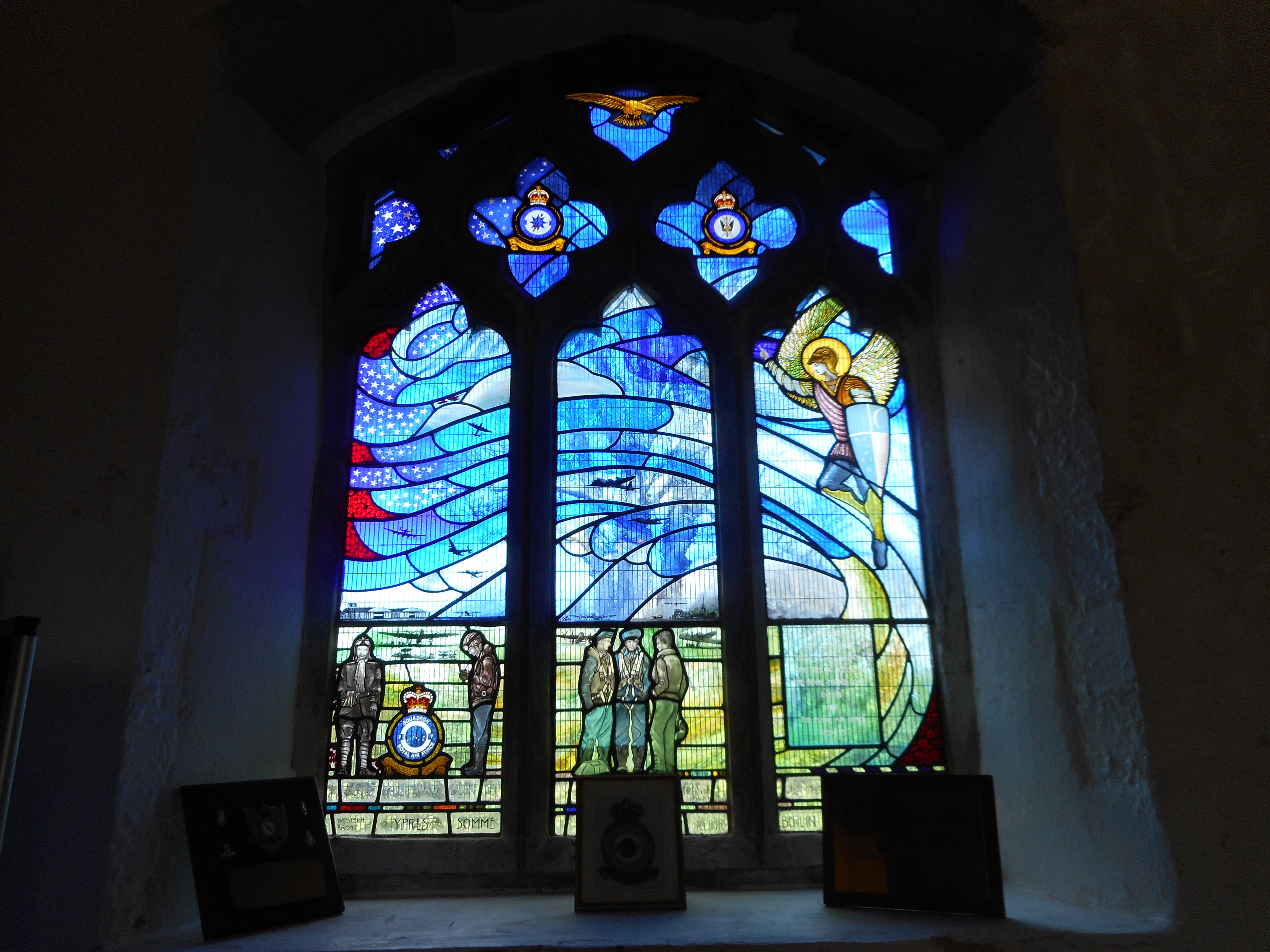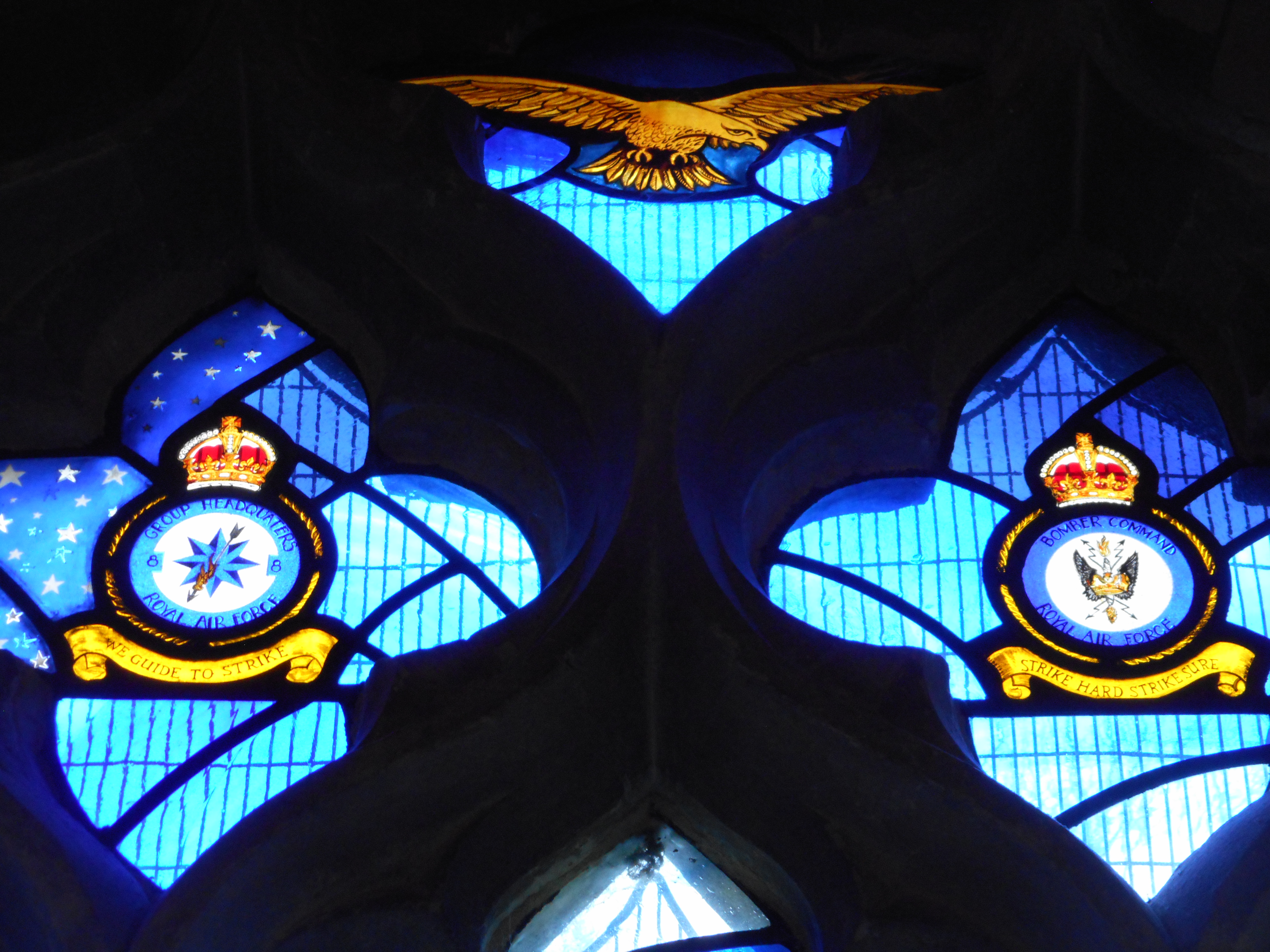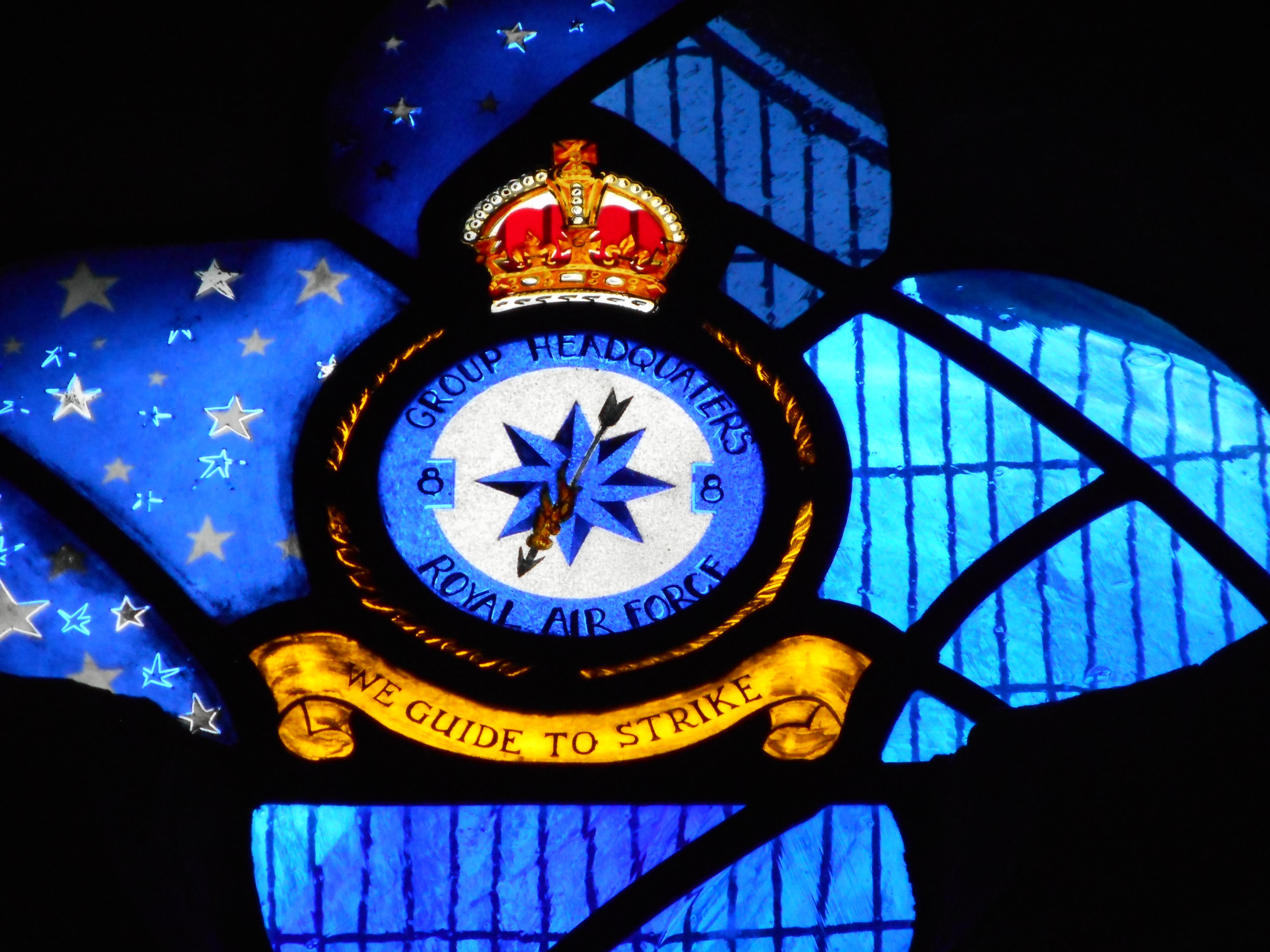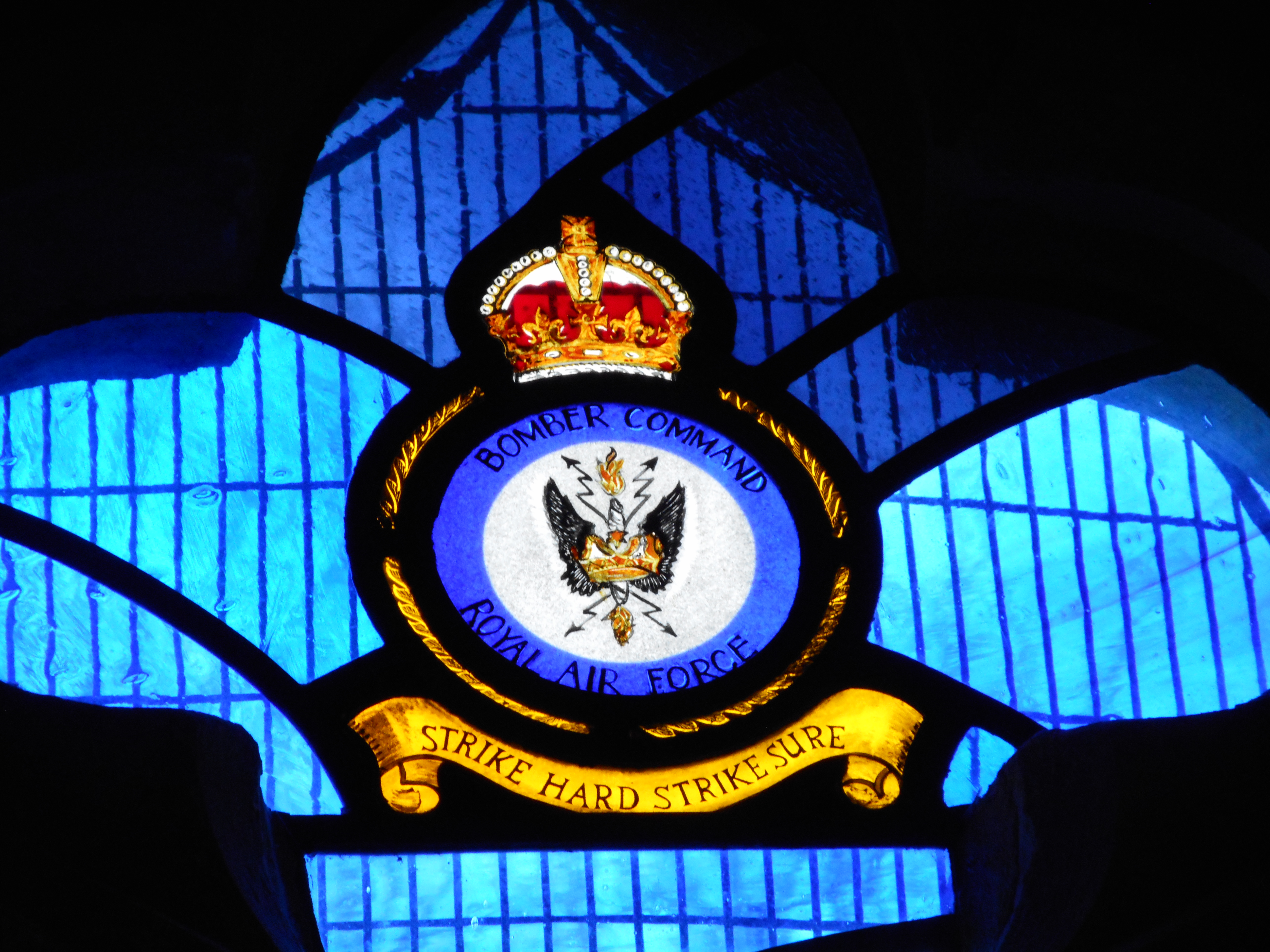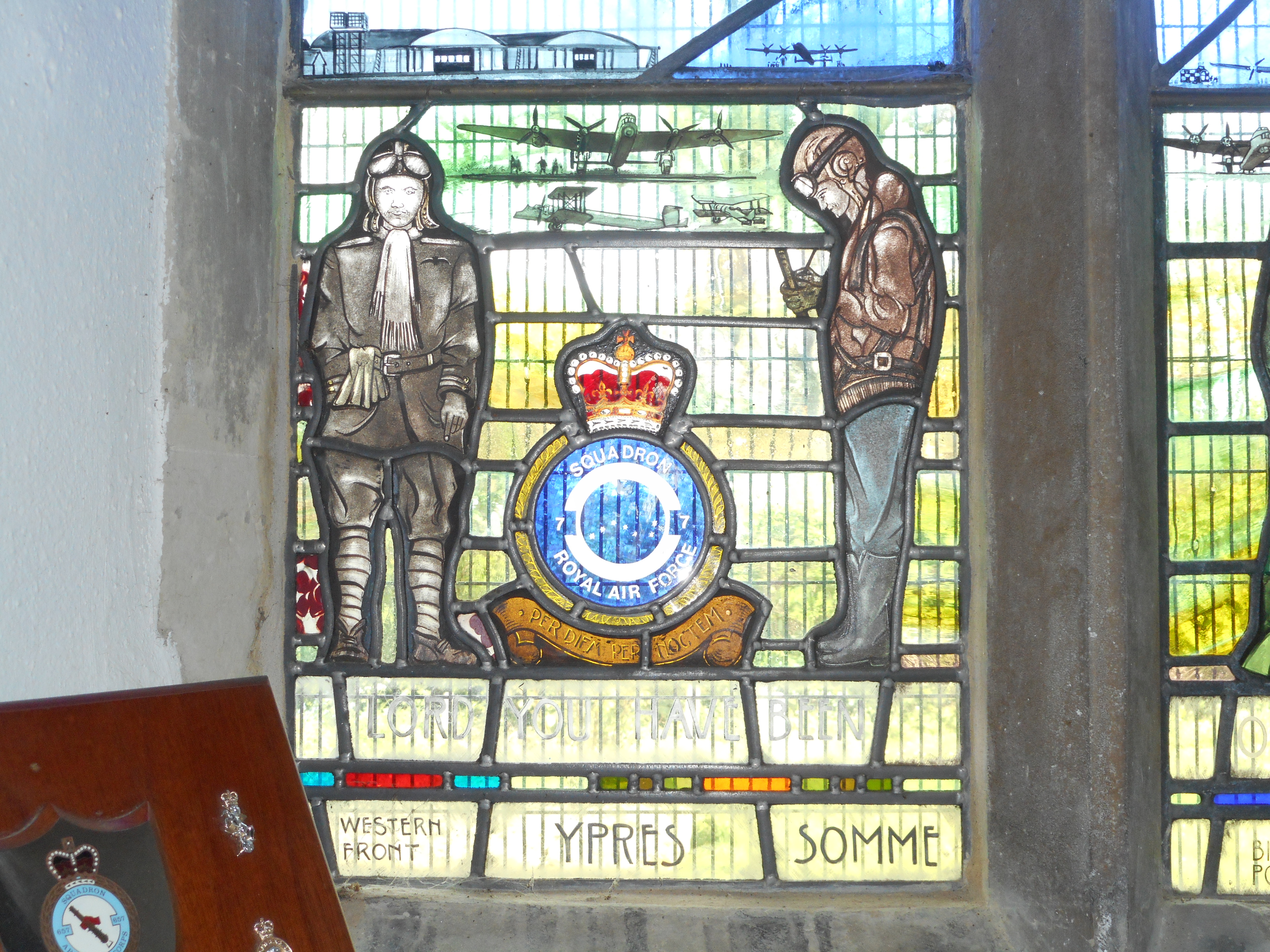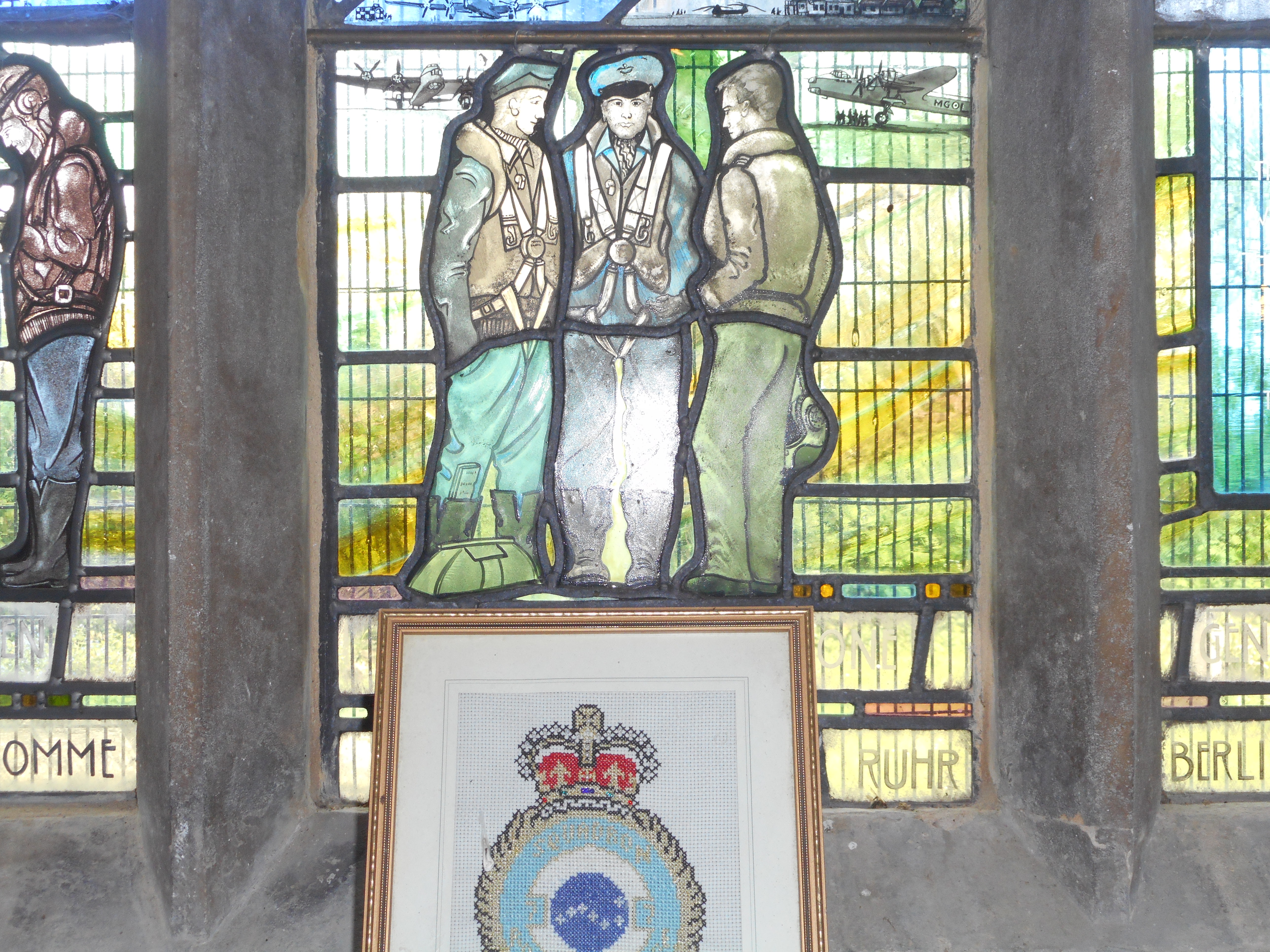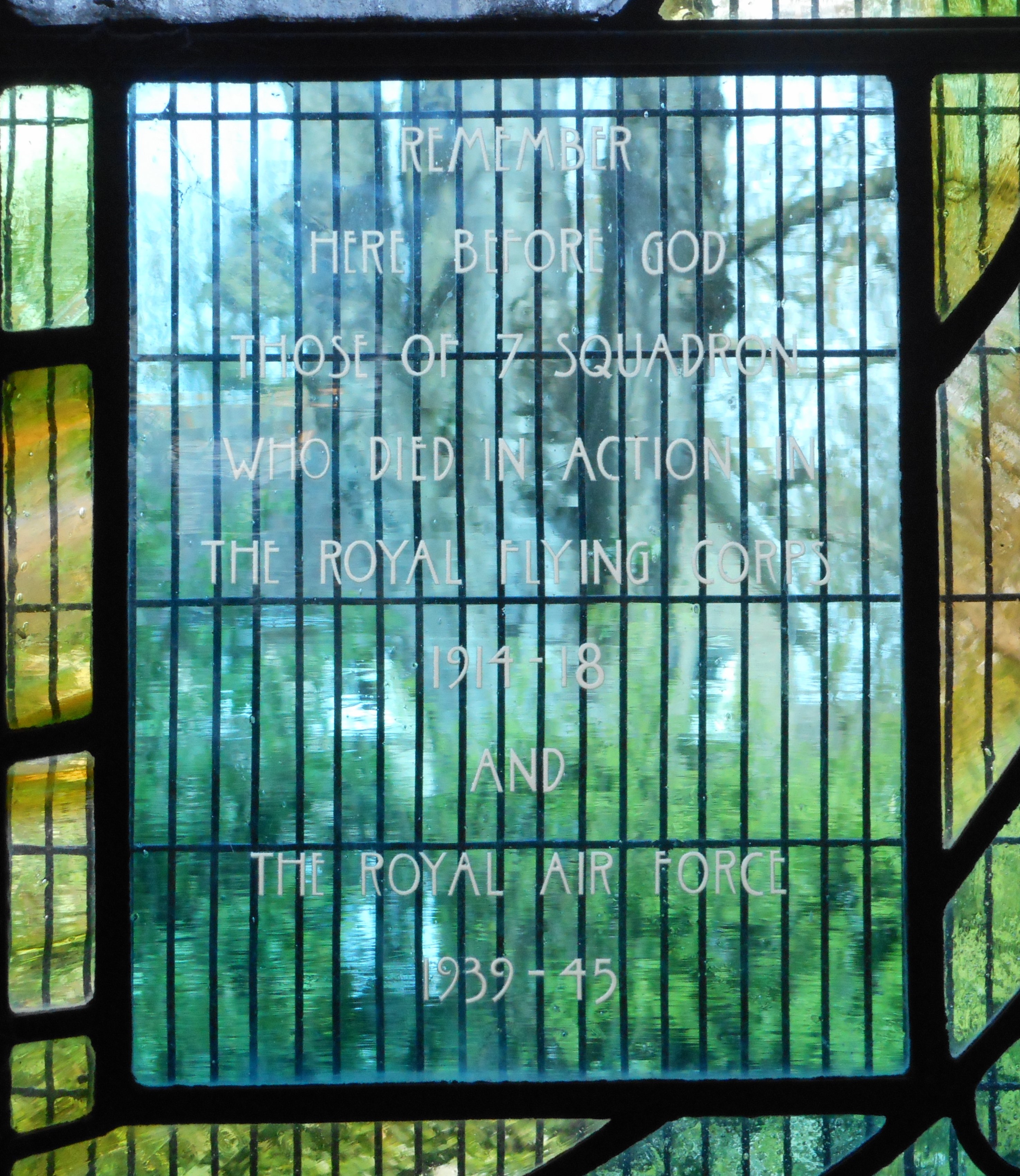Harfoot, William Charles Percival
Personal Information
| Rank | Sgt |
| Forename(s) | William Charles Percival |
| Surname | Harfoot |
| Gender | M |
| Age | 31 |
| Date of Death | 27-07-1942 |
| Next of Kin | Son of William Henry and Ada Wallace Rose Harfoot, of Devonport. Husband of Ellen Marian Harfoot. Open Exhibitioner, 1929-33, Keble College, Oxford (From Dulwich College). B.A. (Oxon.), 1St Class Honours, Classics and Post Graduate Diploma In Teaching. Schoolmaster. |
Aircraft Information
| Aircraft | Short Stirling I |
| Serial Number | R9328 |
| Markings | MG-A |
Memorial Information
| Burial/Memorial Country | United Kingdom |
| Burial/Memorial Place | Runnymede Memorial |
| Grave Reference | Panel 85. |
| Epitaph |
IBCC Memorial Information
| Phase | 2 |
| Panel Number | 177 |
Enlistment Information
| Service Number | 1067790 |
| Service | Royal Air Force Volunteer Reserve |
| Group | 3 |
| Squadron | 7 |
| Squadron Motto | Per diem per noctem (By day and by night) |
| Trade | Observer |
| Country of Origin | United Kingdom |
Other Memorials
| Location | Hilton House Hotel, Hilton, Derbyshire |
| Country | United Kingdom |
| Memorial Type | Blue Plaque on external wall |
| Memorial Text | Air Commodore Herbert Martin Massey CBE DSO MC 1898-1976 Senior British Officer at Stalag Luft III Sagan who authorised 'The Great Escape' was born here. Hilton and Marston History Group |
| Location | All Saints Church, Longstanton, Cambridgeshire |
| Country | United Kingdom |
| Memorial Type | Stained Glass Window and Roll of Honour Book |
| Memorial Text | Remember here before God those of 7 Squadron who died in action in The Royal Flying Corps 1914-18 and The Royal Air Force 1939-45 |
Miscellaneous Information
| Graduate of Keble College, Oxford and later became a schoolmaster |
Commonwealth War Graves Commission
The National Archives
| Record of Events (Operational Record Book) AIR 27/99/14 |
| Summary of Events (Operational Record Book) AIR 27/99/13 |
Fellow Servicemen
Please note that this list gives all the losses aboard the quoted aircraft and occasionally these may have occurred on an earlier date when the aircraft was not itself lost. Please check the dates of death carefully.
Last Operation Information
| Start Date | 26-07-1942 |
| End Date | 27-07-1942 |
| Takeoff Station | Oakington |
| Day/Night Raid | Night (99% moon) |
| Operation | Hamburg. 403 aircraft sustained 7.2% losses. Icing en route but target area clear, resulting in extensive damage mainly to residential areas. 823 houses demolished and over 5000 damaged |
| Reason for Loss | Crashed into the River Elbe near Brunsbuttelkoog where the crew were thought to have been buried |



